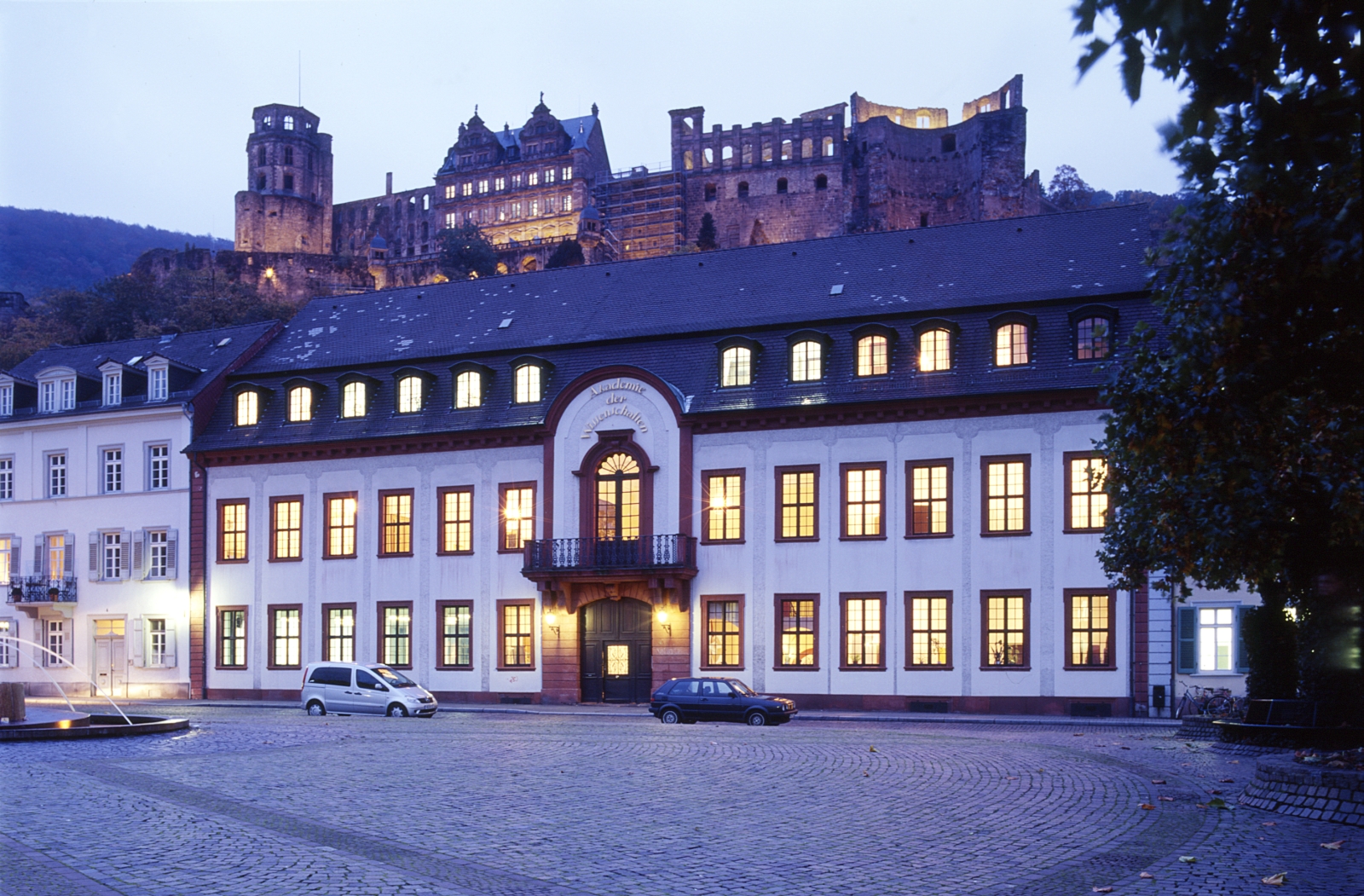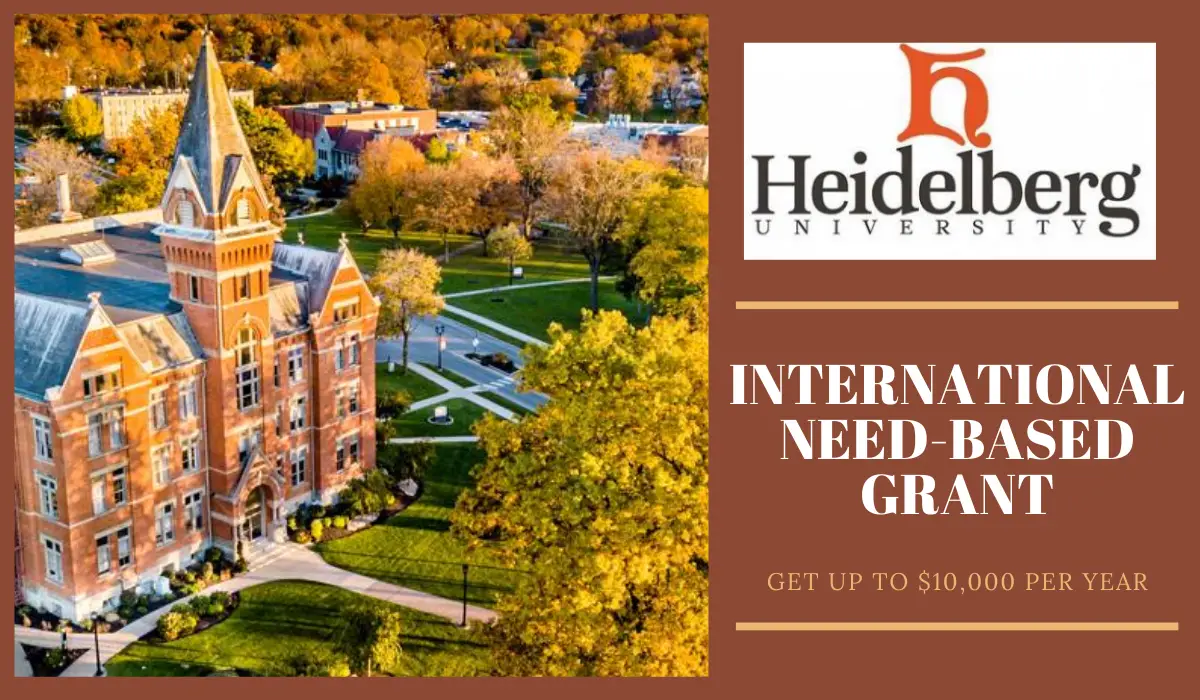

For example, they showed that the evolution of massive stars is dominated by binary stars that exchange mass with their companions or even merge. the VLT-FLAMES Tarantula Survey and the B-fields in OB stars project) where he investigated fundamental questions of stellar evolution. His work is mostly of theoretical nature and he makes heavy use of stellar evolution codes, population synthesis models and advanced Bayesian statistical methods.įabian Schneider actively participates in large international collaborations (e.g. Schneider studies the evolution and final fates of stars to understand their role in the cosmos and how they transformed the pristine Universe into the one we live in today. In 2015 he moved to Christ Church College in Oxford (UK) and became Hintze Research Fellow at the Department of Physics of the University of Oxford. Subsequently, he took up his first postdoc position at the Argelander Institute for Astronomy at the University of Bonn. Also in Bonn he carried out his PhD-studies which he finished in 2014. 1, 2020.įor more information visit the Homepage of Giulia Despali.įabian Schneider studied Astrophysics at the University of Bonn and received his MSc in 2011. Despali will spend her fellowship at ZAH/ITA and is going to start on Dec.

Observations from ALMA, JWST, VLBI or E-ELT will provide higher spatial resolution and thus exploring the properties of the matter distribution at small scales with simulations, combining baryons and dark matter, is essential to interpret new data.ĭr. In particular, her goal is to use and create state-of-the-art hydrodynamical simulations to study the properties of galaxies at small scales and derive theoretical predictions for the comparison with different observables, such as for example substructure gravitational lensing, the number of satellite or the properties of lens galaxies. She explores the effect of alternative dark matter models, such as warm and self-interacting dark matter on the properties of galaxies and haloes, and compares these with predictions from the standard CDM scenario. Her research focuses on the nature of dark matter and on the connection between computational astrophysics and observational data. Dr Despali spent 2015 as a visiting researcher at the Laboratoire d’Astrophysique de Marseille (LAM), before moving to Munich and MPA in 2016. The focus of her thesis was the evolution of dark matter halo properties in cosmological simulations and she graduated in 2015. Dr Giulia Despali studied and did her PhD at the University of Padova.


 0 kommentar(er)
0 kommentar(er)
